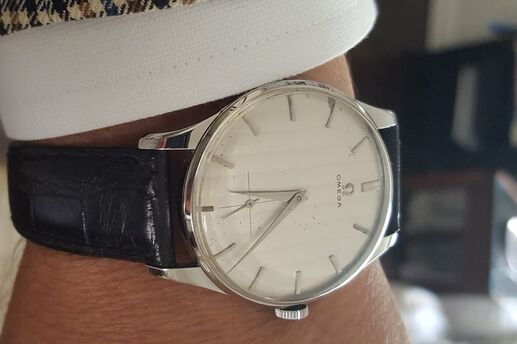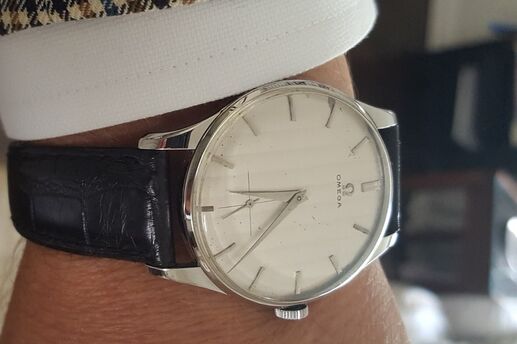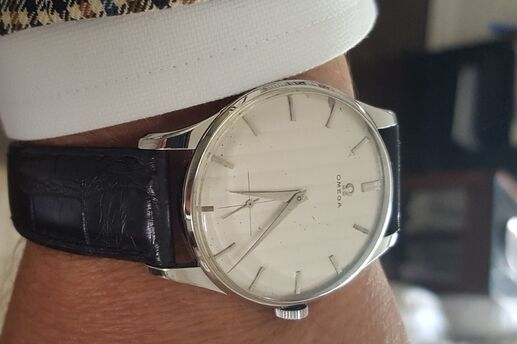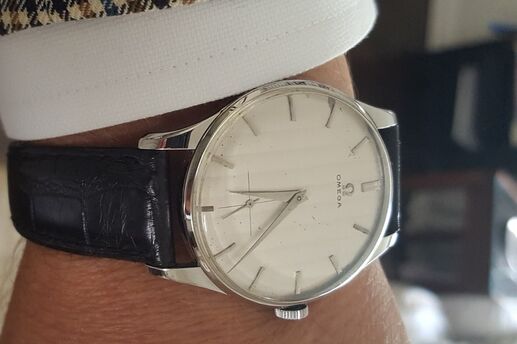Want to be your team’s alpha male? The leader out in the field? Just remember: The climb to the top all starts in your head.
Want to be the leader of
the pack -- the guy everyone turns to, especially when the game’s on the line?
The so-called “alpha male”? You won’t have to wear some kind of testosterone
patch, and you certainly won’t have to take illegal performance-enhancing
drugs. One thing you can do, though:
Cultivate some alpha attitude.
That’s right, an
important step to becoming an alpha male in competition is building the right
kind of confidence, inner strength and attitude -- the kind of persona that
makes you a leader, and your teammates your followers.
Before we go out onto
that field, though, let’s back up into the locker room and ask the question:
Exactly what is an alpha male?
According to Kate
Ludeman, Ph.D., and Dr. Eddie Erlandson, authors of the 2006 book Alpha Male Syndrome, the alpha male is someone
whose “courage, confidence, tireless energy and fighting spirit makes them
natural leaders in competitive situations.”
The original concept of
an alpha male had nothing to do with manliness -- or for that matter, man --
but rather, with the behavior of wolves. In packs, alpha wolves “attained their
position by maturing and mating, just like humans,” says Dr. Dave Mech, a research
biologist whose 1970 book, The Wolf: Ecology and Behavior
of an Endangered Species, helped
introduce the concept of the alpha male.
The modern, enlightened,
“true” alpha, says James Villepigue -- co-author, with Rick Collins, of the new
book Alpha Male Challenge: The 10-Week Plan to Burn Fat, Gain
Muscle and Build True Alpha Attitude -- is “intelligent, thoughtful,
emphatic, resilient, and someone who makes the most of his life, respects
people.” But he’s also strong and in great shape, ready to lead by example. In
competition, says sport psychologist Michael Sachs of Temple University, the
true alpha’s “sense of self-worth is not based on kicking your [butt] but on
being successful. He understands that beating his opponent down physically and
mentally is not required in order to win.”
In their book, Villepigue
and Collins -- both certified strength and conditioning coaches -- talk about
what they call the four C’s of alpha-male behavior: confidence, courage,
conscience and commitment. Here are some of their tips on how to develop those
qualities and how they will help you in your sport:
Exercise … Confidence
Alphas are confident in their abilities -- confident enough to exude quiet
strength. “Confidence is a muscle,” Villepigue says. “It can be exercised and
developed.” You can practice by spending an hour a week each week, walking tall
-- shoulders back, chin up, no slouching -- at the mall. Deliberately interact
with merchants and those around you. Make eye contact. Speak clearly and with
intent but maintain a respectful tone.
Field goal: Practice this drill and see how it comes into play at gut-check
time -- when you can look into the eyes of your teammate and exude game-winning
confidence and poise.
Build up … Courage
To develop the courage to get what you deserve without being a bully or
being bullied yourself, practice some straight talk: Find an interpersonal
situation you’ve neglected for a while -- a problem with a co-worker, a spat
with a family member, an unsettled argument with a friend. Sit down and ask
yourself:
- What is the other party’s specific behavior?
- What effect is it having on you?
- What is the solution or remedy you want?
Armed with this
information, invite this person to sit down and discuss your differences. State
the facts. State your feelings. State what you’d like to see happen. Be calm
and direct. And feel good that you’ve handled a stressful situation like a real
alpha.
Field goal: Your opponent, a teammate, maybe even a coach, is in your face.
What you learned from the “courage” drill will help you deal with that guy
calmly and rationally -- instead of losing your cool and getting socked with a
penalty, a technical foul or maybe even expulsion from the team.
Nurture Conscience
This, the authors say, “is what separates the true alpha male from selfish
posers.” A conscience comes from empathy -- the ability to share in and
understand another’s thoughts and feelings -- and you can help nurture that by
simply learning to listen: Engage in a conversation with a person you wouldn’t
normally speak to -- like someone you don’t much care for. Initiate the
conversation (“So what do you think of…?”) but let them drive it. Pay
attention, listen carefully and try to accept what they say without judgment.
You don’t have to necessarily agree, but by listening and at least respecting
the other guy’s point of view, you’re on your way to developing the alpha
qualities of empathy and conscience.
Field goal: You want to throw a pass. Your teammate wants to run
the ball. Instead of dismissing his idea, practicing this drill will help you
become a better listener and understand his point of view. And who knows,
running the ball in that situation might be the correct call. (After all, even
alpha males aren’t right all the time!)
Make Commitments
How about this proposition? Make yourself an alpha bet that you can get in
better shape. Villepigue says studies have shown that money -- even as little
as $40 -- can be a motivator for getting fit. Stick with an exercise program
(he offers a 10-week plan in his book) and at the end, use the money to buy
yourself something you really like. Even more valuable, you’ll improve your
strength and fitness -- and learn a great lesson about stick-to-it-iveness. (Oh,
and if you don’t make the goal or can’t stick with the program -- donate the
money to charity and try again).
Field goal: Obviously, following through on a better training program will
make you stronger and fitter for your sport. But your newfound commitment will
show itself in other ways: in your commitment to practice, to your teammates
and to improving every phase of your game.











